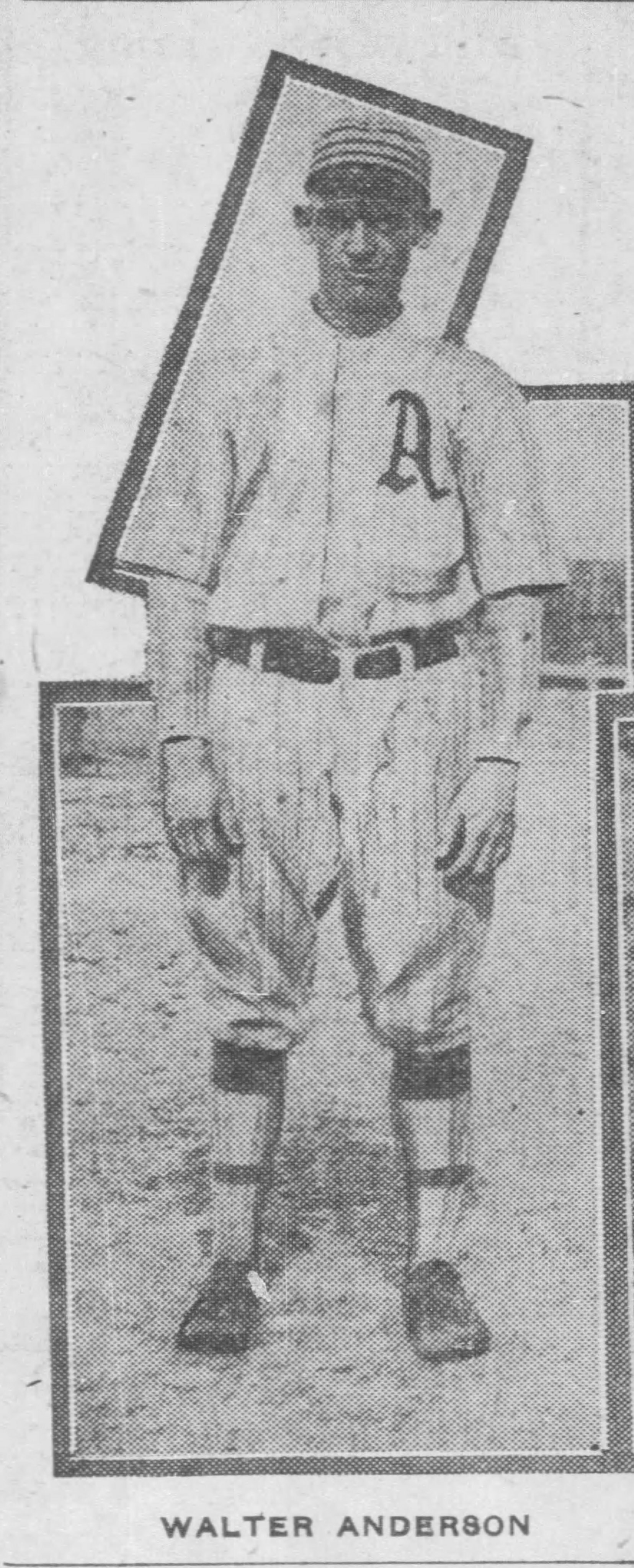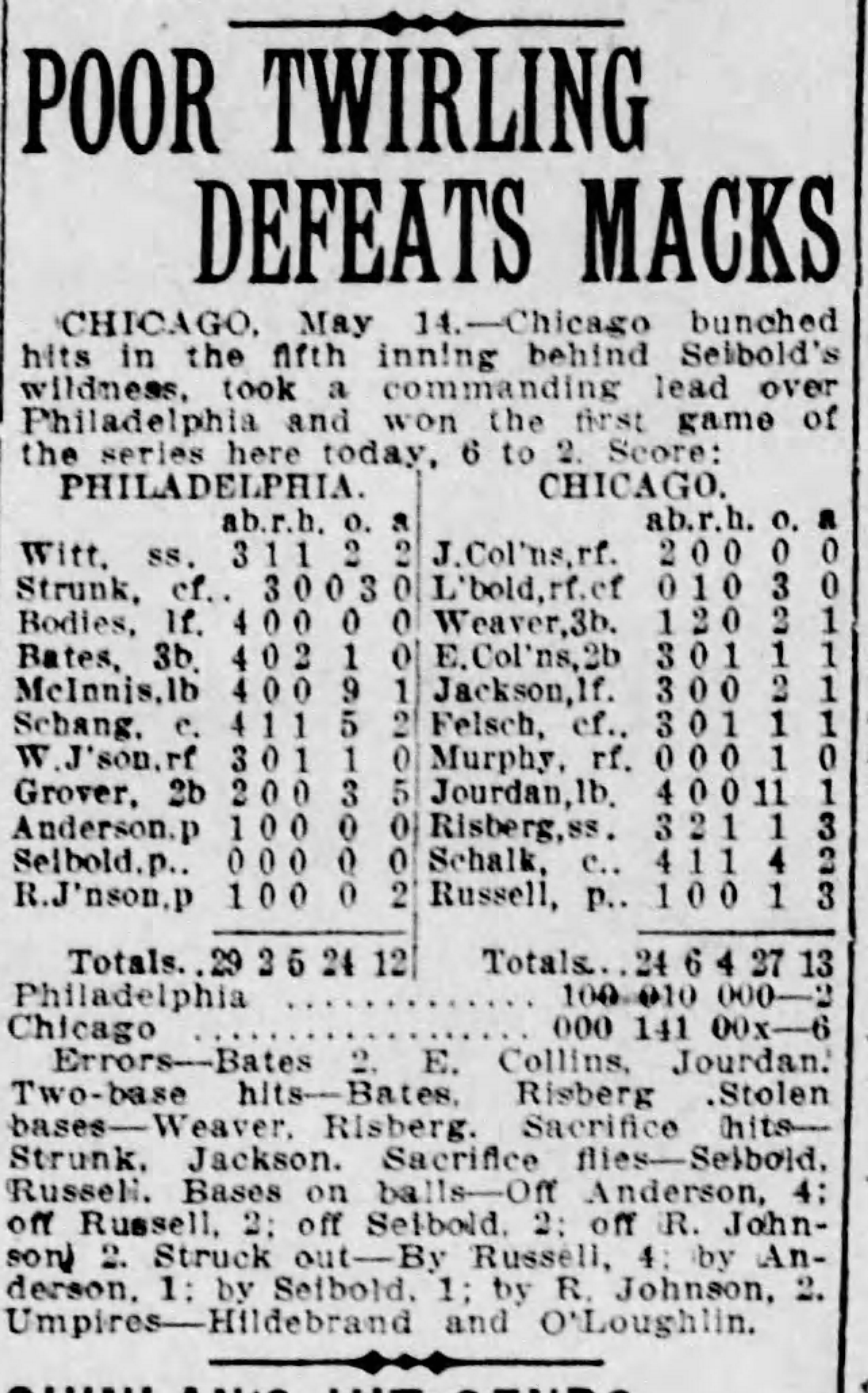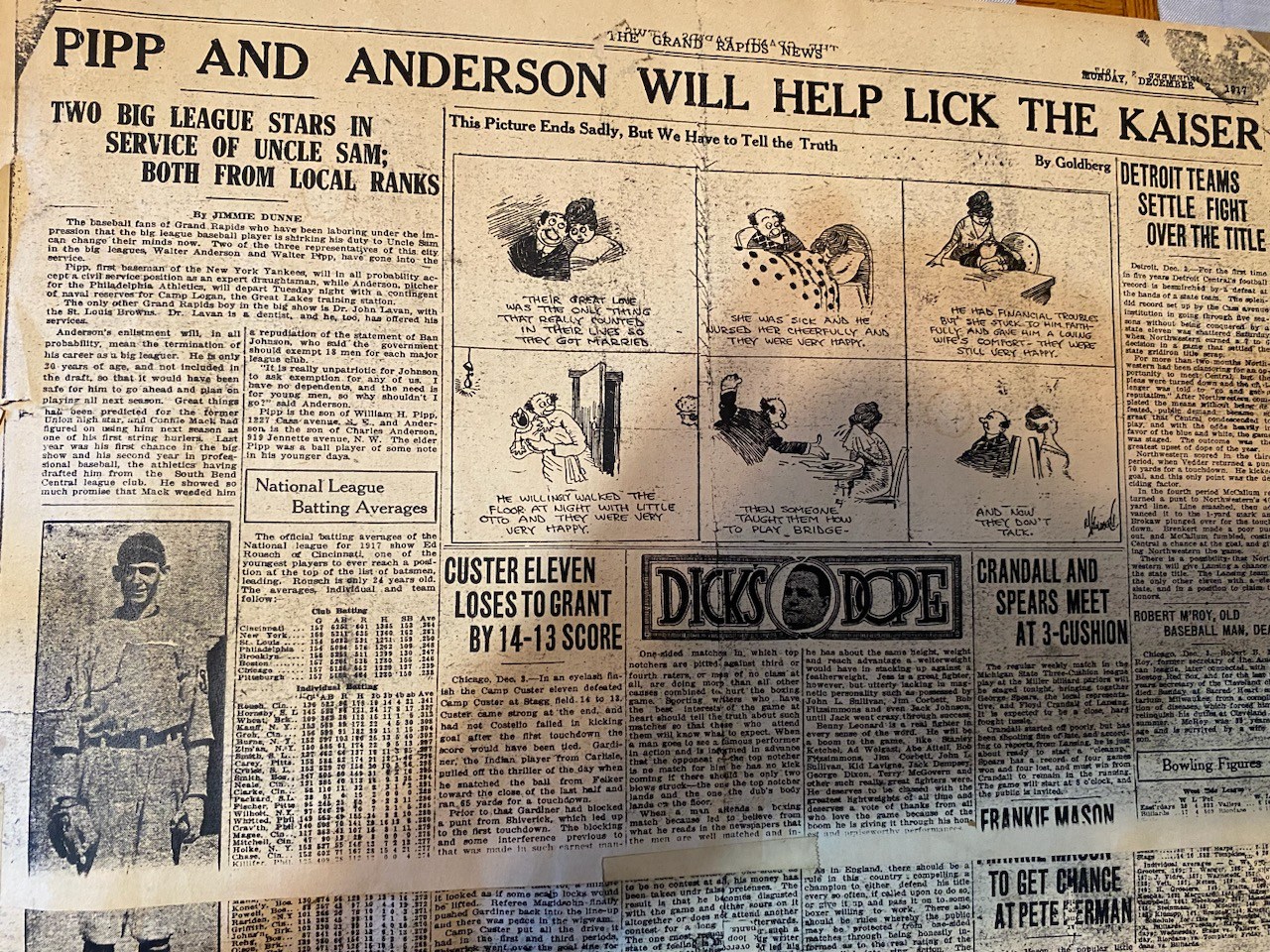I always cry during the movie “Field of Dreams.”
I mean lump-in-the-throat, tears-down-the-cheeks waterworks.
But not at the end of the film as might be expected when Ray Kinsella’s character asks the apparition of his departed father if he “wants to have a catch.”
No, the emotions begin to overwhelm my defenses when Ray’s daughter, Karin, falls from the bleachers and lands on her back.
Ray waves off the frantic attempt by his wife, Annie, to summon a doctor because he knows one already is on hand.
That’s when young Archie Graham sprints from his position in the field toward the first-base line.
You know the rest.
Archie drops his glove in the dirt. As he steps across the pebbled boundary with his cleats, his shoes magically change into Oxfords, and young Archie becomes old Doc Graham played by Burt Lancaster wearing a long coat and carrying his black medical bag.
And Moonlight Graham never can go back to being a baseball player again.
“Field of Dreams” first played in 1989. I had not seen the movie when my grandfather, Walter “Lefty” Anderson, died in early January 1990 at the age of 92.
I cried at the funeral too, because the pastor at Lefty’s church in Michigan used themes and scenes from the film to illustrate a small part of my grandfather’s life.
I say a small part because like the real-life Archie “Moonlight” Graham, my grandfather had a very, very brief Major League Baseball career.

Lefty Anderson had been pitching for a minor league team in South Bend, Indiana, in the spring of 1917 when legendary baseball manager Connie Mack purchased his contract and gave him a $1,500 salary with the Philadelphia Athletics.
Mr. Mack wasted no time in seeing what this new left-hander was all about.
The day was May 14, exactly 108 years ago today. The Athletics were in Chicago for a game at Comiskey Park against the White Sox.
Yes, the White Sox who would win the World Series later that year in October, that is.
So Connie Mack stuck 19-year-old Walter Anderson out on the mound as the Athletics’ starting pitcher.
And when the skinny, 6-foot-2, 160-pound kid looked in at the White Sox cleanup hitter that day, there stood Joseph Jefferson Jackson.
Shoeless Joe Jackson.
Forget the fact Shoeless Joe would be portrayed in “Field of Dreams” by Ray Liotta some seven decades later. Or the fact that MLB commissioner Rob Manfred reinstated Jackson for eligibility for posthumous induction into the Hall of Fame on Tuesday.
My grandfather was looking in at the real thing in 1917 on the south side of Chicago, and that big bat Shoeless Joe was holding sent many a pitcher cowering in fear.
Well, let’s just say Shoeless Joe was 0 for 3 that day, reaching once on an error and once on a base on balls.
Did Lefty get Shoeless Joe out? That’s tough to say.
Two years ago, I contacted the folks at the Elias Sports Bureau, who graciously checked on my question.
Lefty faced 13 batters in 3-plus innings. The last batter he saw was Shoeless Joe, who reached on an error to open the fourth inning. No play-by-play records are available and there is no mention in any news archive whether Lefty walked Shoeless Joe or retired him in the first inning.

Elias did provide me with a newspaper box score, a photograph of my grandfather in an A’s uniform and some notes on the May 14 game.
Against a lineup that not only included Jackson but also Baseball Hall of Famers Eddie Collins and Ray Schalk, young Lefty Anderson allowed no hits, walked four and struck out one.
Elias went an extra mile, uncovering the following piece of trivia:
“Walter Anderson is one of four pitchers since 1900 to make his MLB debut as a teenager and finish with at least three hitless innings. The others to do so were Hank Ritter (1912), Mel Harder (1928) and Bill Koski (1951).”
That’s a nice footnote to what turned out to be an abbreviated time in the big leagues.
Before the 1917 calendar was out, Lefty signed another contract, this one with Uncle Sam.
Hailing from Grand Rapids, Michigan, he joined another local boy made good, Wally Pipp, in signing up for military duty as World War I was still raging.
The headline in the Dec. 2, 1917, Grand Rapids News read “Pipp And Anderson Will Help Lick the Kaiser.” 
Baseball fans know Wally Pipp. He famously had a headache one day as the first baseman for the New York Yankees and asked out of the lineup. Pipp never got his job back as a youngster named Lou Gehrig replaced him and remained there for the next 2,130 games.
The distinction is unfortunate because Pipp was a great player, leading the American League in home runs twice, in 1916 and 1917.

Lefty Anderson’s career was less distinguished. He suffered an injury while unloading artillery shells from a railroad car in France that limited his throwing motion. He returned to the Majors in 1919 but his days on the mound were numbered.
The one-time hot pitching prospect who shared the field with the likes of Ty Cobb, Babe Ruth and Walter Johnson picked up a victory in relief in 1919. Before the season was over, he was through, finishing with a 1-0 career record and a 3.25 ERA in 52 2/3 innings. Unlike Archie “Moonlight” Graham, Lefty did get to swing a bat in the Major Leagues, with 3 hits in 11 at bats for a .273 average.
So that’s why I cry when I watch the movie.
The character Doc Graham knew he couldn’t go back to playing baseball when he saved a child.
The pitcher Lefty Anderson had his career cut helping to save democracy.
So at the end of the scene in the movie where the old Doc is walking off the ballfield and into the cornfield for the final time, just who exactly was Shoeless Joe addressing when he shouted?:
“Hey Rookie! You were good!” 




